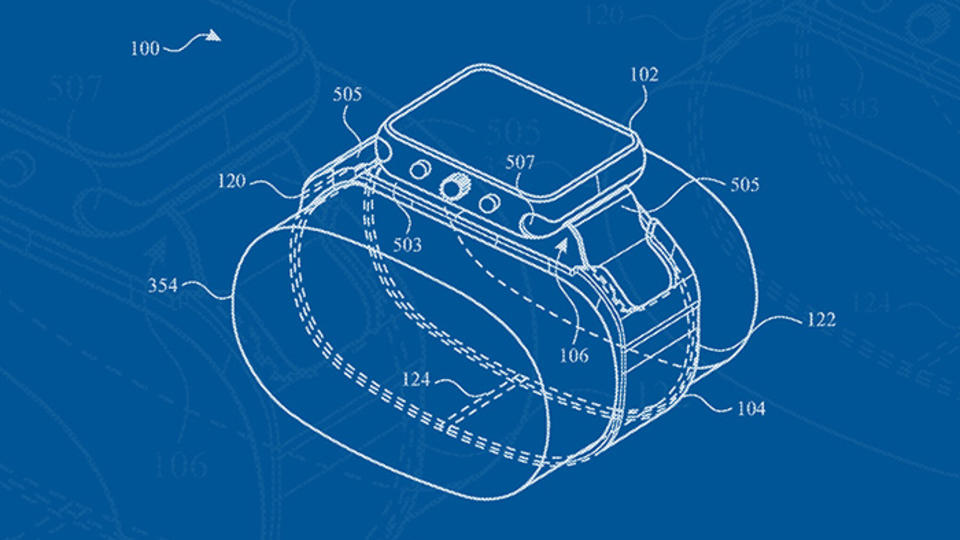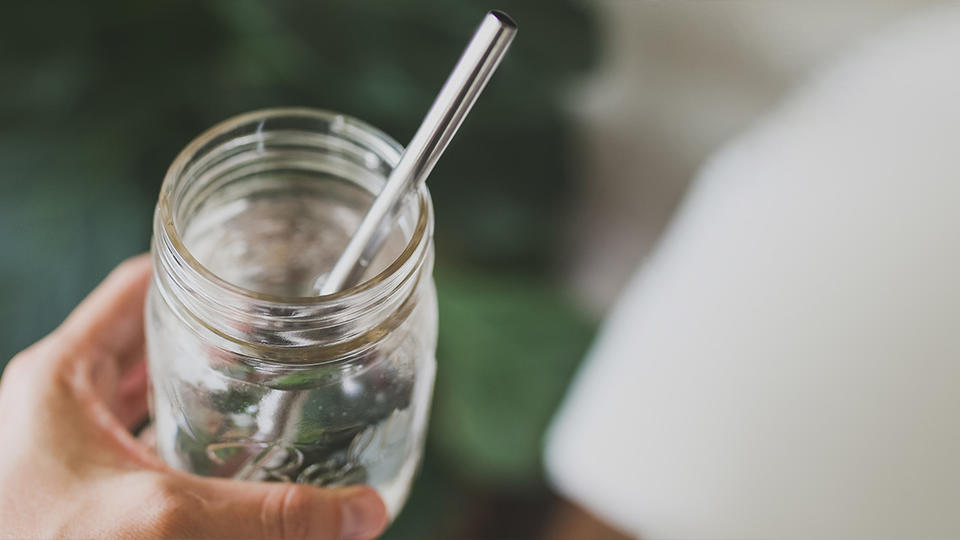
Inside the Box
How A Rice Business Professor Found A Life-Saving Technology Inspired By A Trip To Sierra Leone
Based on research by Douglas A. Schuler, Jean Boubour, Katherine Jensen, Hannah Richter, Josiah Yarbourgh and Z. Maria Oden
How A Rice Business Professor Found A Life-Saving Technology Inspired By A Trip To Sierra Leone
- In low-resource settings, poorly cleaned and unsterile medical instruments play a role in harmful outcomes for patients.
- Recent research at Rice shows that it’s possible to overcome these instrument sterilization problems, even in low-resource areas.
- Rice scholars developed a full-suite sterile processing unit, with its own power and water sources, inside a shipping container.
In 2013, Rice Business professor Douglas Schuler visited Sierra Leone and came home determined to do battle. The country was slowly recovering from a long and brutal civil war, and though the conflict had ended a decade earlier, health threats lurked everywhere.
Simple toothaches were ominous. Childbearing was risky. Infections were often a death sentence. Returning home, Schuler vowed to attack a core problem in Sierra Leone’s health: unclean medical instruments.
Health facilities, Schuler found, struggled with sterilizing their tools for surgery. Teaming with Rice bioengineering professors, undergraduate students and alumni, Schuler saw an opportunity to reduce infections, shorten hospital stays and prevent deaths by crafting a plan for sterilizing surgical tools at a low cost. The solution demanded rethinking not just equipment management, but infrastructure, facility layout and protocols.
Most hospitals in developed countries have the hardware and funds to uphold sterilization standards. But facilities in a developing country such as Sierra Leone can’t rely on their infrastructure for basics like clean water, electricity or even a secure spot for a sterilizing unit. Schuler and his colleagues resolved to find a bridge for those infrastructure gaps.
The first question: where to put the bulky sterilization equipment? Schuler’s revelation: a shipping container. Dividing a container into separate areas, Schuler’s team creates separate spaces for decontamination, preparation, sterilization and drying and storage. The decontamination area uses filtered water pumped from water tanks, plus three sinks to clean the surgical implements. The preparation area includes a steel table, and the sterilization area holds a non-electric, gravity-powered steam sterilizer. Solar panels source electricity for the hot plate and cellphones.
It may be unorthodox, but, the team found, it works. Running surgical instruments through the sterilizer 61 times to test the design and method, Schuler’s team found that the system thoroughly decontaminated and sterilized every time. After crunching the numbers for a statistical analysis, the team concluded with 95 percent confidence that the probability of failure is less than 5 percent. And the system is simple enough that health workers in the field can be trained to use it accurately.
Having shown the potential of this holistic, low-cost sterilization system, Schuler’s team wants to popularize it into other hospitals, clinics and post-disaster settings. The units could also serve patients needing dental, maternal and neonatal care.
Containers also offer possibilities beyond sterilization, Schuler says. A vast transportation network is designed to move shipping containers throughout the world. The units are versatile enough to house diagnostic labs and patient rooms, and their access to electricity makes them possible sites for telemedicine in areas where there are no doctors.
Cost poses a real challenge: The souped-up containers are too pricey for widespread use in poor areas. But the containers offer real benefits to patients and hospitals, and Schuler is currently working on models for potential funders. Already, at least on a technical level, Schuler and his team have shown that sterilization containers can place modern medicine in reach of millions in areas with few resources.
Maybe one day fewer health challenges will lurk beyond ordinary people’s control. Business, philanthropy and bioengineering will surely play a role in this. So will empathy and personal relationships with the communities facing these challenges day to day. The good news is that ingenuity knows no boundaries. And it can travel far if packaged in the right box.
Douglas Schuler is associate professor of business and public policy at Jones Graduate School of Business at Rice University
To learn more, please see: Boubour, J., Jenson, K., Richter, H., Yarbrough, J., Oden, Z. M., & Schuler, D. A. (2016). A shipping container-based sterile processing unit for low-resources settings. PLoS ONE 11(3).
Never Miss A Story


